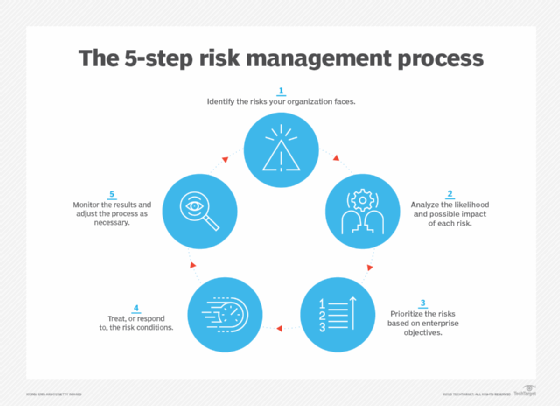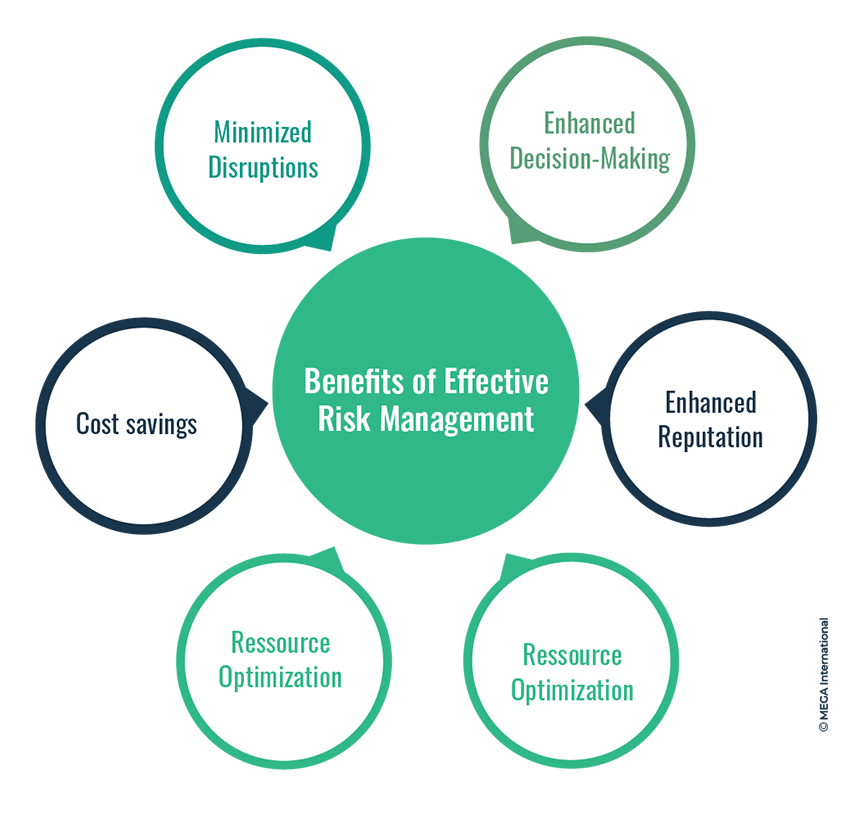The Extensive Importance of Risk Management in International Supply Chains
The Extensive Importance of Risk Management in International Supply Chains
Blog Article
The Value of Comprehending the Importance of Risk Management in Numerous Industries

The Core Idea of Risk Management and Its Objective
Risk Management, the foundation of lots of sectors, pivots on the identification, evaluation, and mitigation of unpredictabilities in a business setting. By appropriately determining possible dangers, businesses can establish strategies to either protect against these dangers from happening or minimize their influence. As soon as threats have been identified and reviewed, the mitigation procedure involves creating approaches to decrease their potential effect.
Benefits of Executing Risk Management in Organization Procedures

Introducing the Role of Risk Management in Different Industries
While every sector faces its one-of-a-kind set of dangers, the application of Risk Management approaches remains an usual denominator in their pursuit of sustainability and growth. In the healthcare field, Risk Management involves ensuring client safety and information protection, while in money, it includes mitigating investment dangers and guaranteeing governing conformity (importance of risk management). Construction companies concentrate on worker safety, project delays, and spending plan overruns. In the modern technology sector, firms alleviate cybersecurity hazards and technology obsolescence. Eventually, the function of Risk Management across sectors is my link to recognize, examine, and mitigate threats. It is a necessary element of strategic planning, enabling organizations to safeguard their assets, make best use of opportunities, and accomplish their goals.
Real-life Case Researches Showing Effective Risk Management
To comprehend the importance of Risk Management in these lots of sectors, one can look to numerous real-life instances that show the successful application of these steps. Toyota, publish the 2011 earthquake in Japan, modified its supply chain Management to minimize disturbance risks. These instances show just how markets, discovering from crises, effectively applied Risk Management strategies to decrease future risks.
Future Trends and Growths in Risk Management Approaches
As the world remains to advance, so as well do the fads and developments in Risk Management methods. view it now Fast innovations in technology and information analytics are improving the Risk landscape. Large data and AI are currently instrumental in anticipating and mitigating threats. Organizations are leveraging these devices to build predictive designs and make data-driven choices. Cybersecurity, when a peripheral concern, has actually catapulted to the center of Risk Management, with strategies concentrating on detection, prevention, and reaction. The assimilation of ESG (Environmental, Social, Administration) aspects right into Risk Management is one more expanding fad, reflecting the enhancing acknowledgment of the duty that ecological and social threats click this link play in business sustainability. Hence, the future of Risk Management lies in the combination of sophisticated modern technology, innovative approaches, and a holistic technique.
Final thought
To conclude, understanding the relevance of Risk Management across a spectrum of markets is vital for their durability and success. Tailored strategies can aid mitigate potential dangers, guard properties, and foster stakeholder trust fund. In addition, positive decision-making help in governing compliance and enhances resource use. Eventually, successful Risk Management adds to much more resilient and lasting organizations, highlighting the significance of this practice in today's highly competitive and vibrant organization atmosphere.
While every sector challenges its one-of-a-kind set of threats, the implementation of Risk Management approaches remains an usual denominator in their search of sustainability and development. In the healthcare sector, Risk Management entails making sure client security and data protection, while in financing, it entails mitigating investment threats and guaranteeing regulatory conformity. Eventually, the function of Risk Management throughout markets is to recognize, evaluate, and alleviate dangers. These cases demonstrate how sectors, learning from dilemmas, successfully applied Risk Management methods to lower future threats.

Report this page